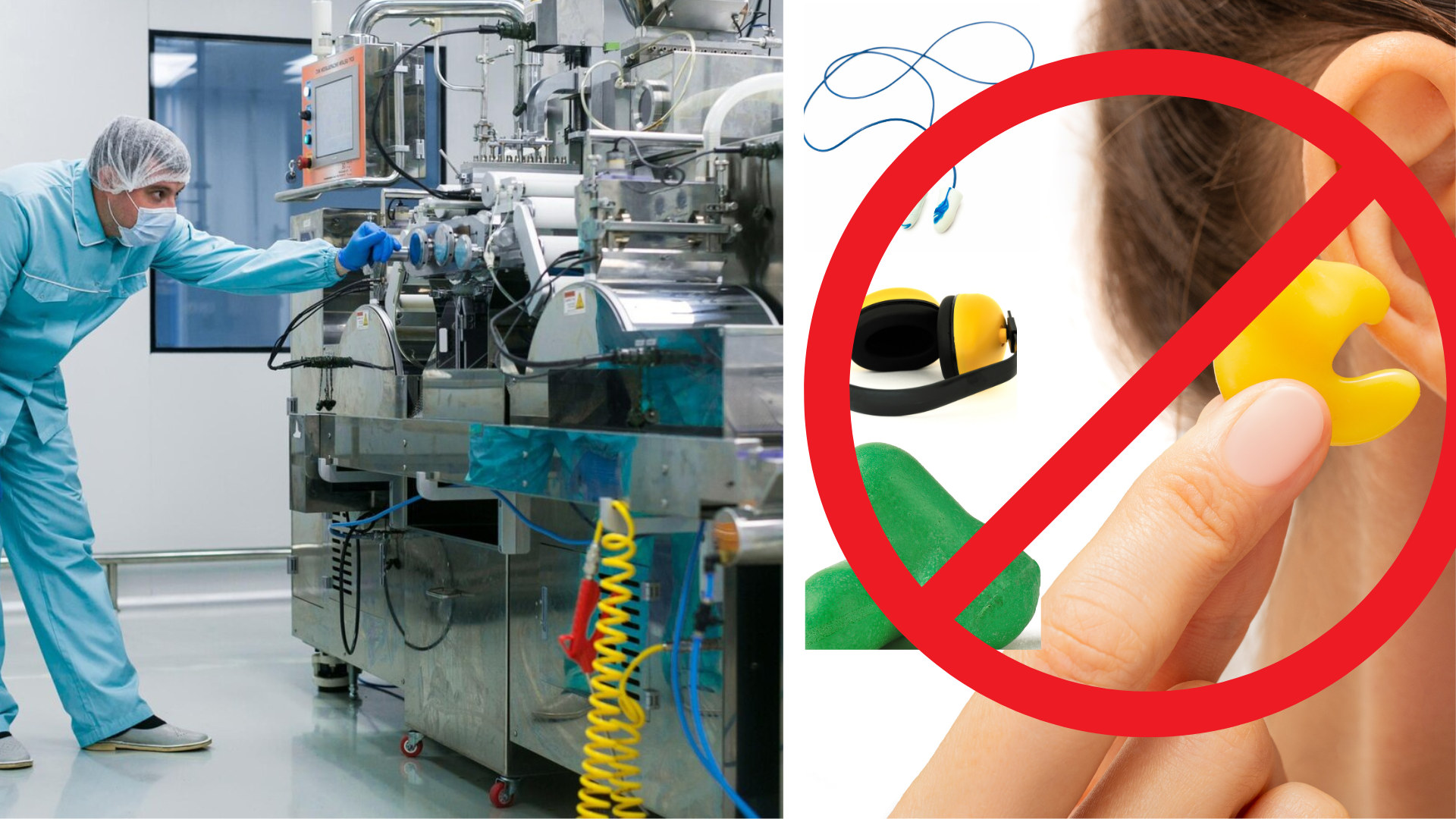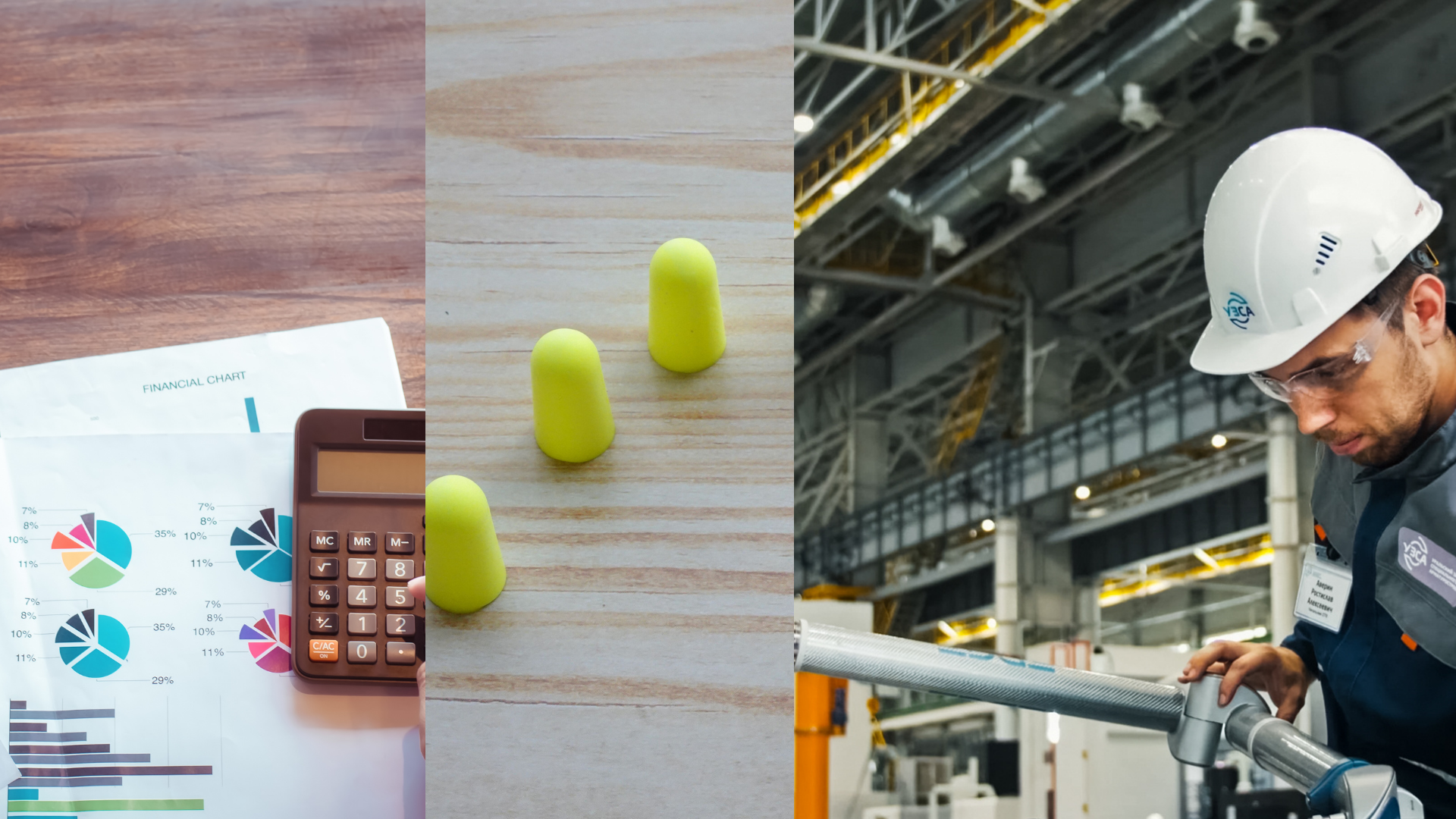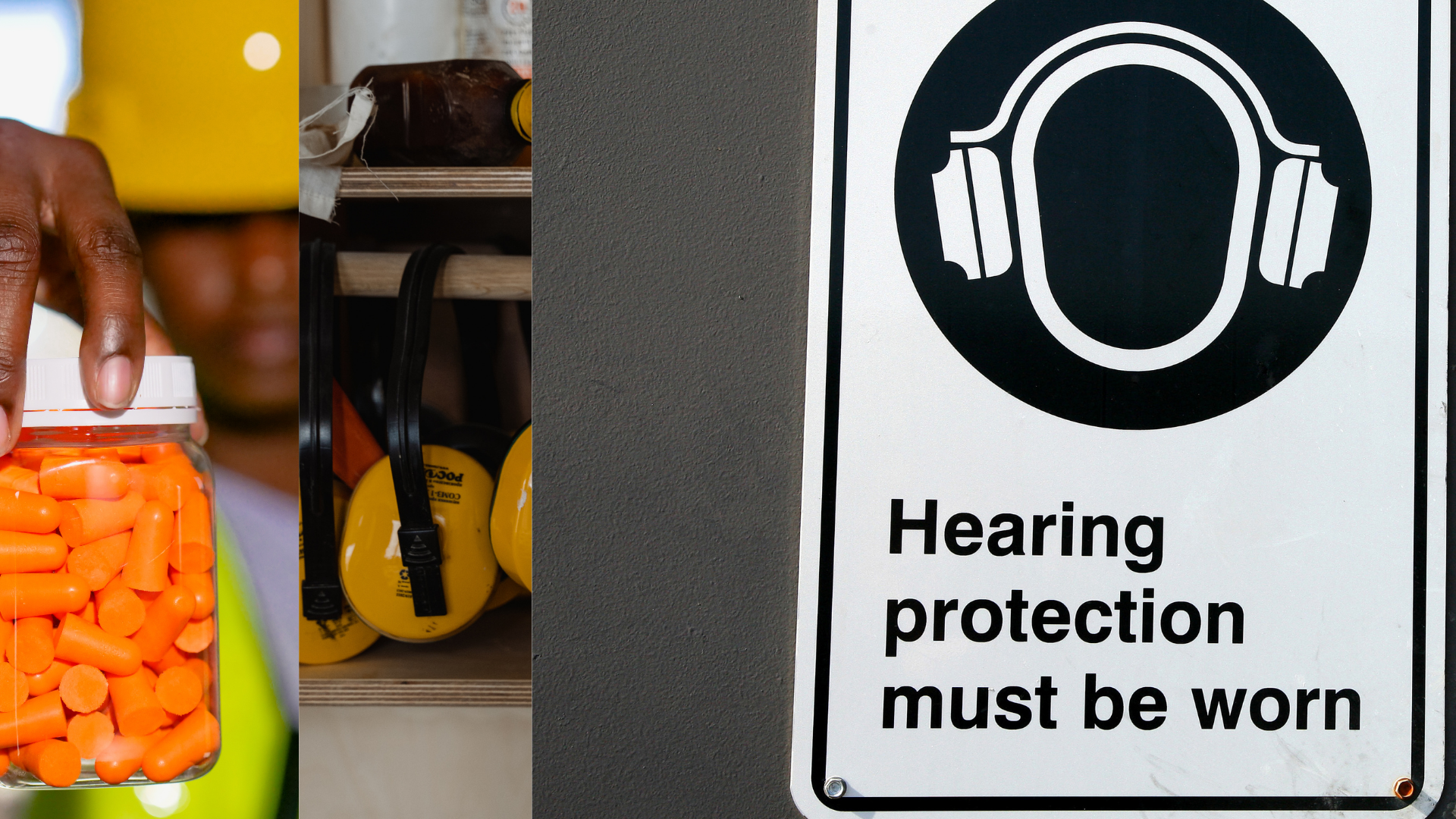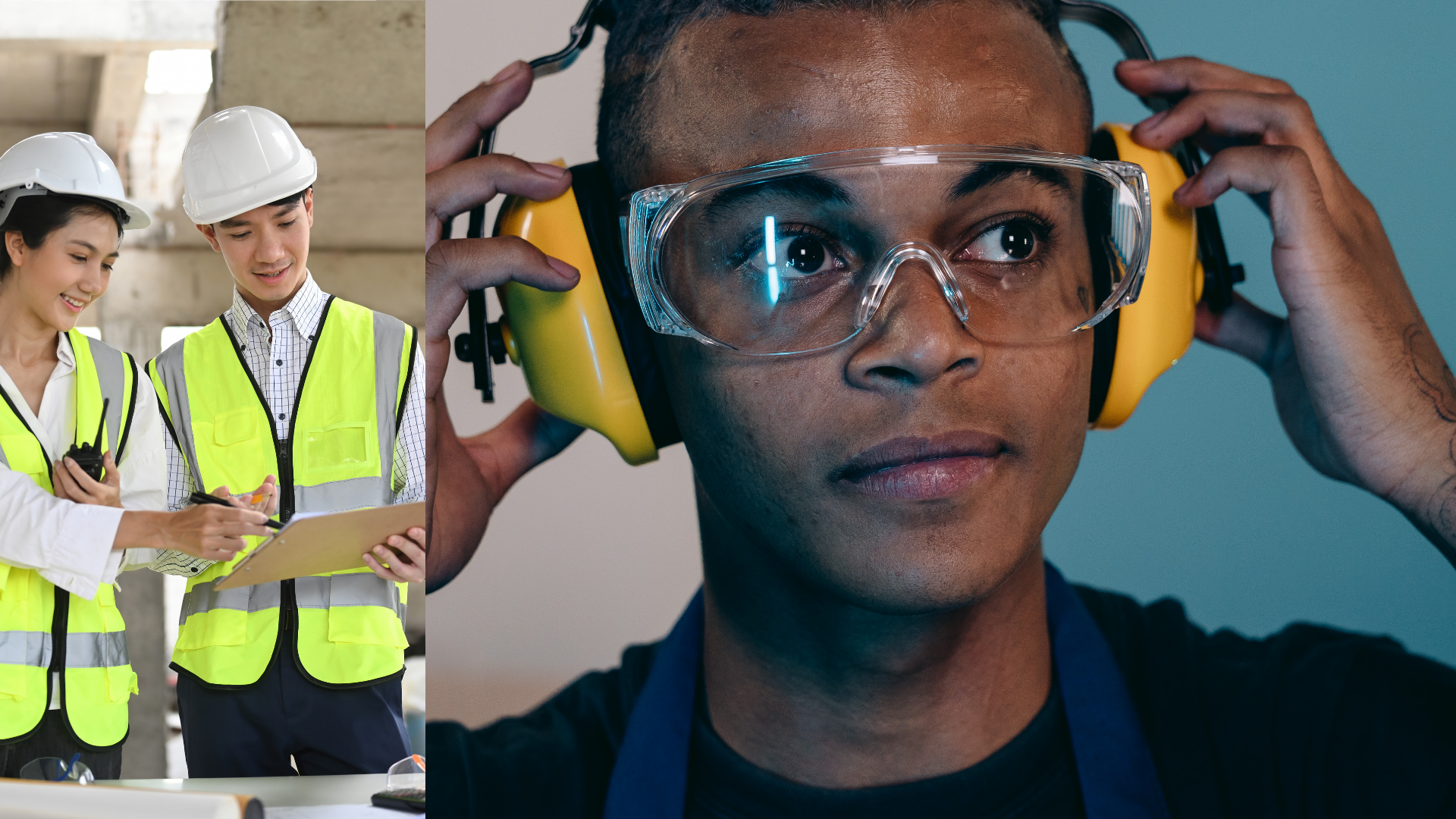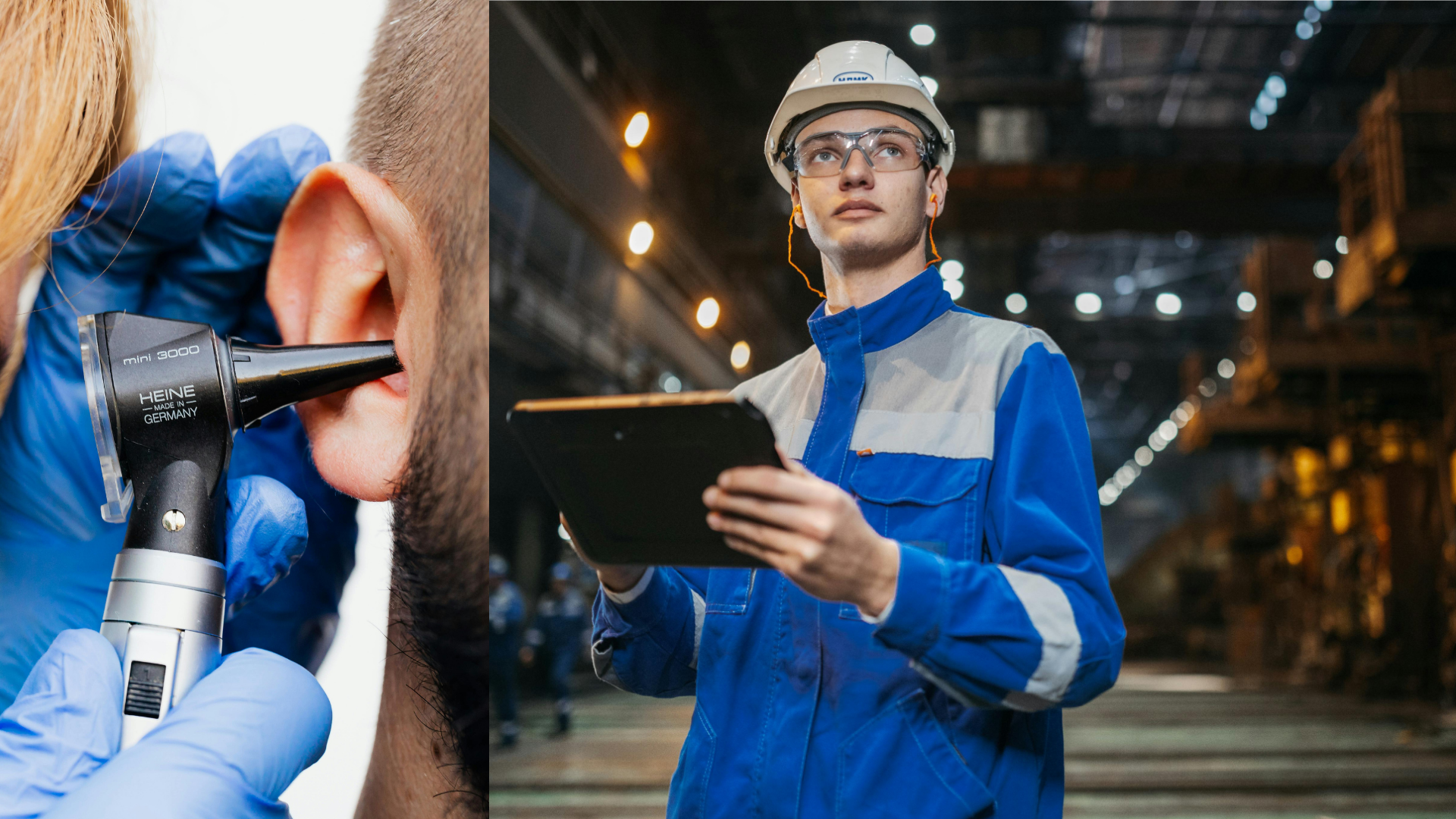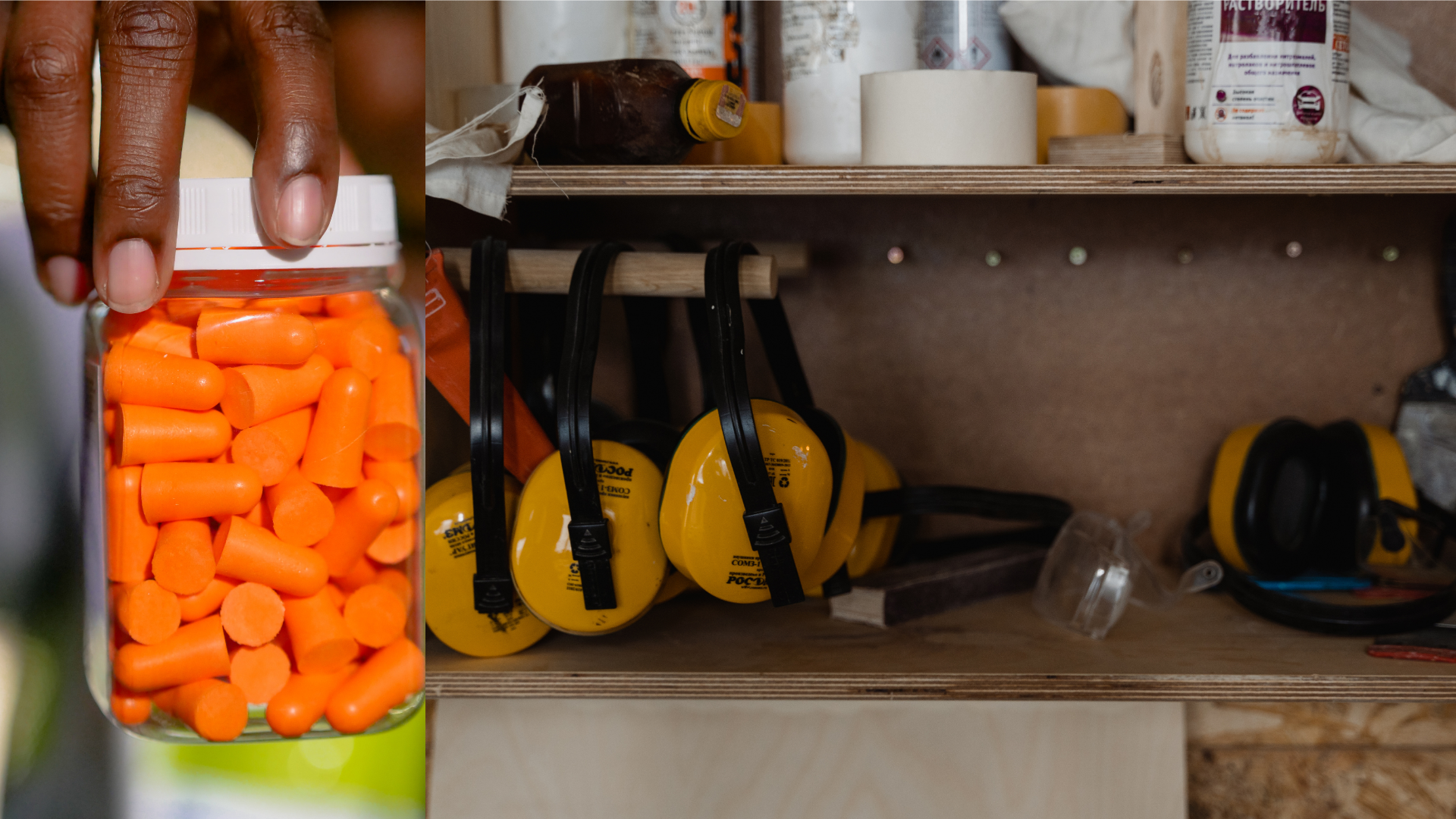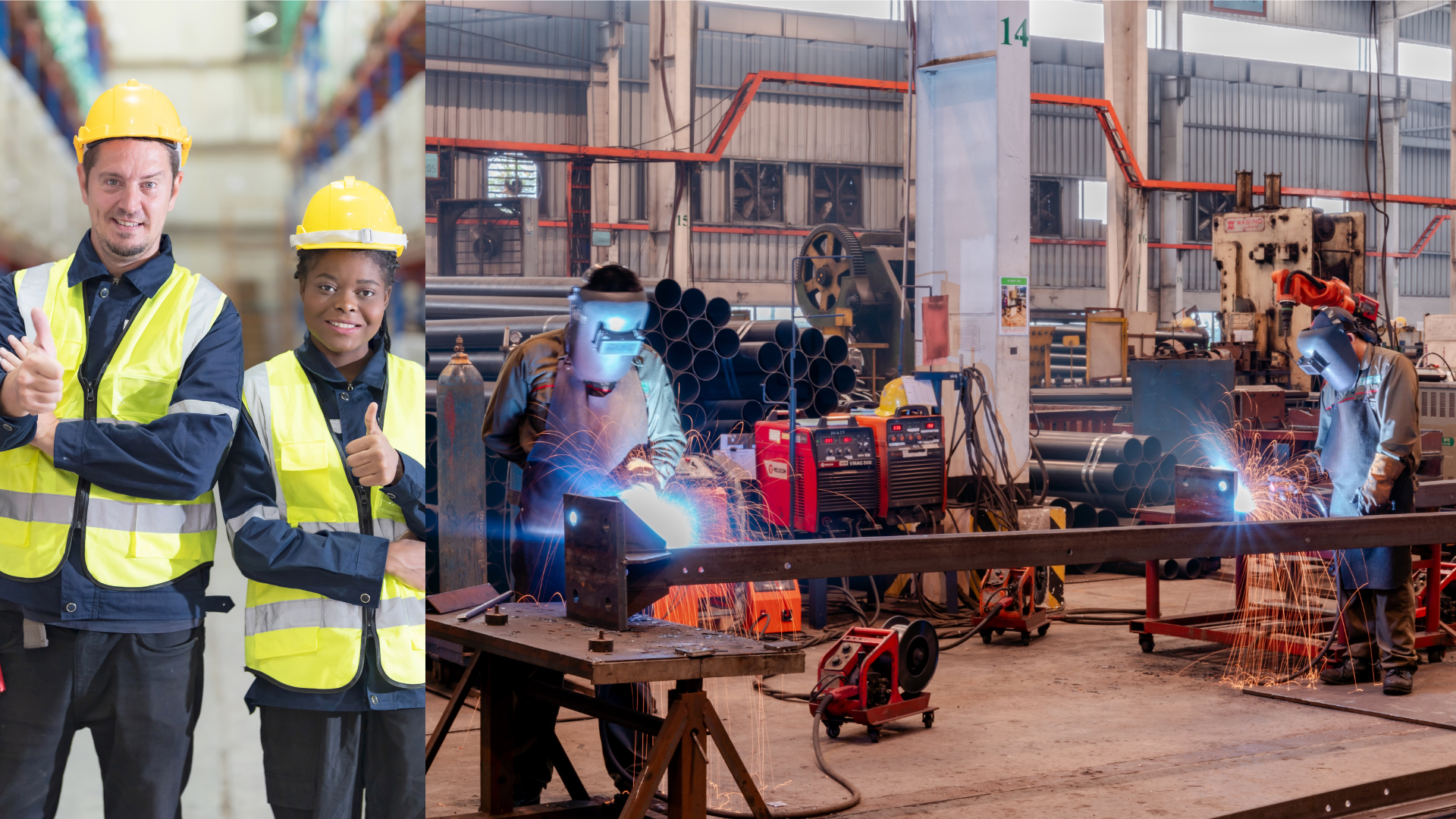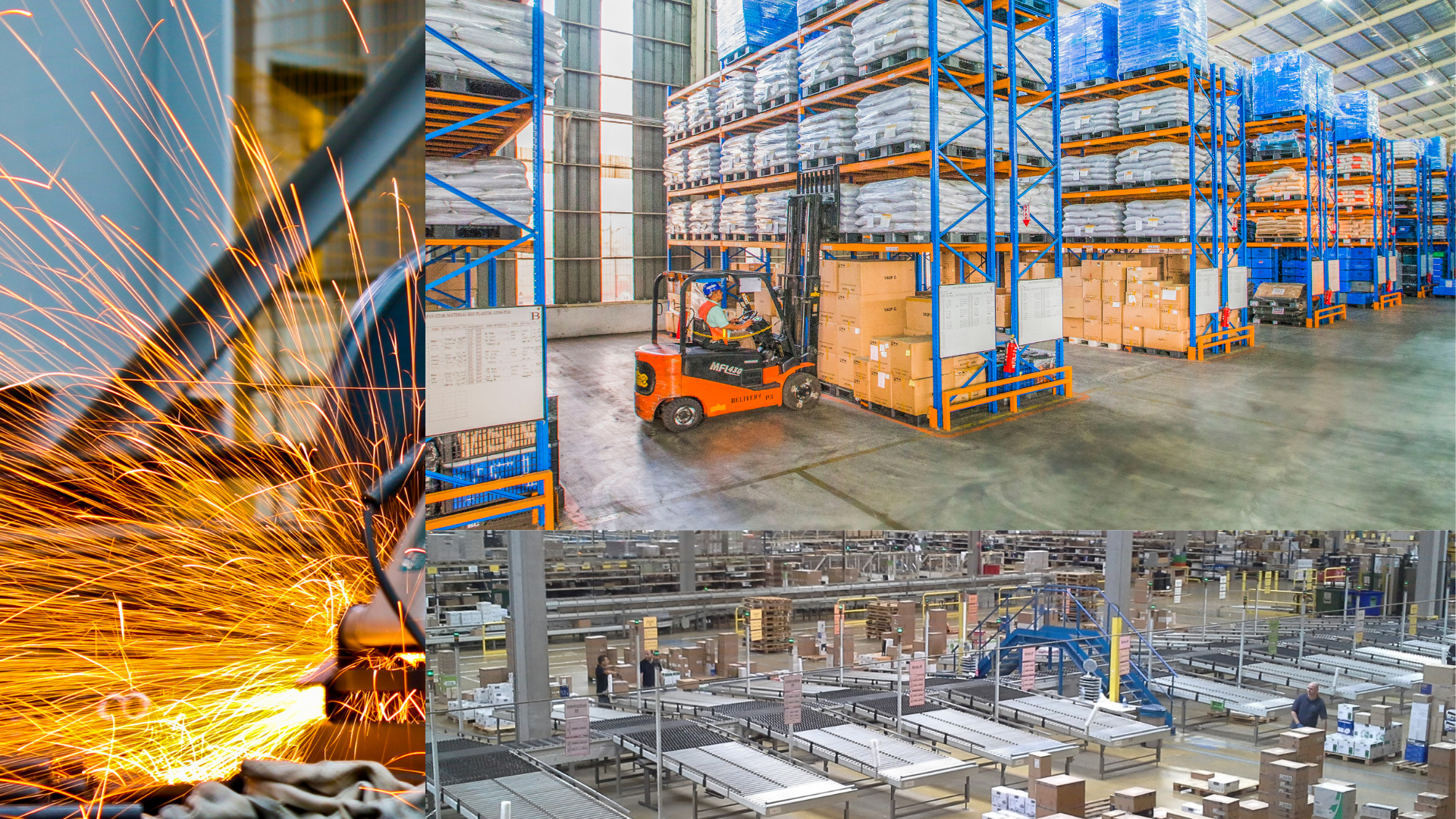Why Choose Custom Hearing Protection for Your Employees?
Hearing protection is only effective when worn correctly and consistently – the entire time employees are exposed to noise. You may be providing your employees with a choice of hearing protectors, according to safety regulations. But if they’re uncomfortable, don’t allow for communication, and aren’t easy for your employees to use in the field, you’re likely not receiving any value from the hearing protectors.
The real goal of providing hearing protection
When choosing hearing protection for your employees, it’s important to keep in mind the objective of providing hearing protection.
The purpose of hearing protection isn’t to isolate your employees from hearing every sound during their work shift.
Remember: 2 minutes of exposure to dangerous noise levels without hearing protection makes the hearing protection 25% less effective. But your employees still need to communicate with each other.
Instead of blocking out all the noise your employees are exposed to during a shift, filtered custom hearing protection allows your employees to communicate with each other face to face, without needing to remove their protectors.
Interested in exploring our communication protection devices? Contact us today!
Benefits of choosing industrial custom hearing protection
When choosing industrial hearing protection for your employees, it’s important to keep the “Cs” of hearing protection in mind. Anadyne’s custom hearing protection checks all the boxes, and then some.
#1. Comfortable to wear, all day long
One of the top reasons for not wearing hearing protection is the lack of comfort typically associated with hearing protectors.
Earmuffs become uncomfortable for extended periods of time, especially when in confined spaces or high temperatures. Universal fit earplugs are often uncomfortable for a variety of reasons, from improper insertion techniques to the uniqueness of ear canal shapes.
Custom fit hearing protection is pre-fit to the employees’ ear, ensuring that it fits correctly the first time, and is comfortable to wear for an entire shift.
#2. Easy to use & compatible with other PPE
Hearing protection doesn’t need to be a hassle for your employees to use correctly. Our custom hearing protection is easy to insert – no special techniques or accessories are needed to secure a proper fit.
Many types of hearing protection can’t be worn correctly with other required safety equipment such as helmets, glasses, etc. Anadyne’s options are compatible with any other PPE that is required and can be used effectively under earmuffs for employees who need to wear dual hearing protection.
#3. The need for safe communication
Another major reason employees report for not wearing their hearing protection the full time they are exposed to noise is their need to communicate. Whether it’s a quick conversation or an in-depth discussion, hearing protection can get in the way.
But 2 minutes without hearing protection while in noise makes them 25% less effective.
And that decreased effectiveness adds up over a shift, to the point where the people who wear hearing protection are at increased risk of permanent hearing injuries.
The solution? Filtered hearing protection blocks out the dangerous noise your employees are exposed to but allows face-to-face conversations and important warning signals to be heard.
Industrial custom hearing protection: the best way to prevent occupational NIHL
Providing custom hearing protection to your employees is one of the best ways to prevent noise-induced hearing loss. Employees are still able to communicate with each other effectively, and a comfortable fit ensures that they are worn all shift long.
Learn more, or visit our Frequently Asked Questions


